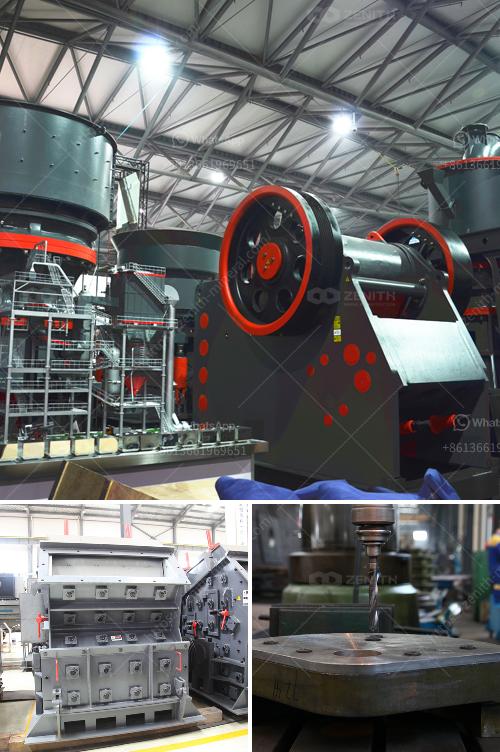To measure the theoretical output of a jaw crusher, you need to understand several key metrics and parameters related to the crusher's operation. Here's a step-by-step guide:
-
Crushing Capacity:
- Theoretical capacity can be calculated based on the dimensions provided by the manufacturer.
- Formula: \[ Q = (W S D R n) / 60 \]
- Where:
- ( Q ) is the capacity in tph (tons per hour)
- ( W ) is the width of the crusher (in meters)
- ( S ) is the set or the opening of the jaw crusher (in meters, usually the closed set)
- ( D ) is the density of the material (in tons per cubic meter)
- ( R ) is the throw of the crusher (in meters)
- ( n ) is the RPM of the crusher
-
Jaw Crusher Dimensions:
- Identify the size of the jaw plates and the gape (the distance between the jaws at the feed opening).
- Example sizes might be 30” x 42” jaw crusher.
-
Material Characteristics:
- The properties of the material being crushed, such as its hardness and density.
- Most common calculation assumes an average bulk density of 1.6 tons/m³ for the material.
-
Feed Size and Choke Point:
- The maximum feed size should not exceed the machine's capability - ideally not more than 80-90% of the jaw's opening.
- The choke point is the lowest point of the crushing chamber, which affects the reduction ratio.
-
Operational Parameters:
- Crusher speed, throw, and setting all affect throughput.
- Optimal settings ensure material is evenly crushed and output is maximized.
-
Reduction Ratio:
- The reduction ratio will also indicate the level of size reduction from the feed material to the output product.
- This can be calculated as the feed size divided by the product size.
-
Empirical and Manufacturer Data:
- In addition to theoretical calculations, always compare with practical data from the manufacturer's guidelines or from similar operational case studies.
Example Calculation:
- Assume a jaw crusher with dimensions 0.02m x 0.04m, RPM of 300, throw of 0.005m, density of 2.5 t/m³, and closed set of 0.05m:
\[ Q = (0.02 0.05 2.5 0.005 300) / 60 = 0.0025 tph \]
Remember, the actual output may differ due to material properties, wear in the crusher, and operational conditions. It’s always advisable to run pilot tests or consult the manufacturer for more accurate estimations.


